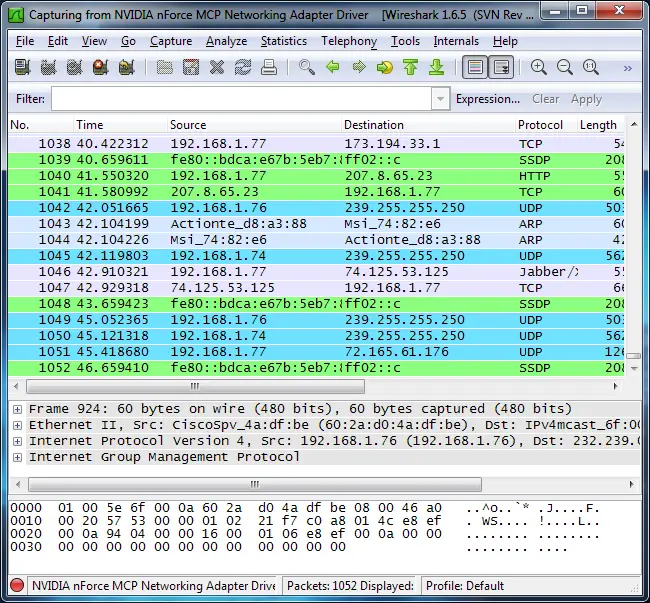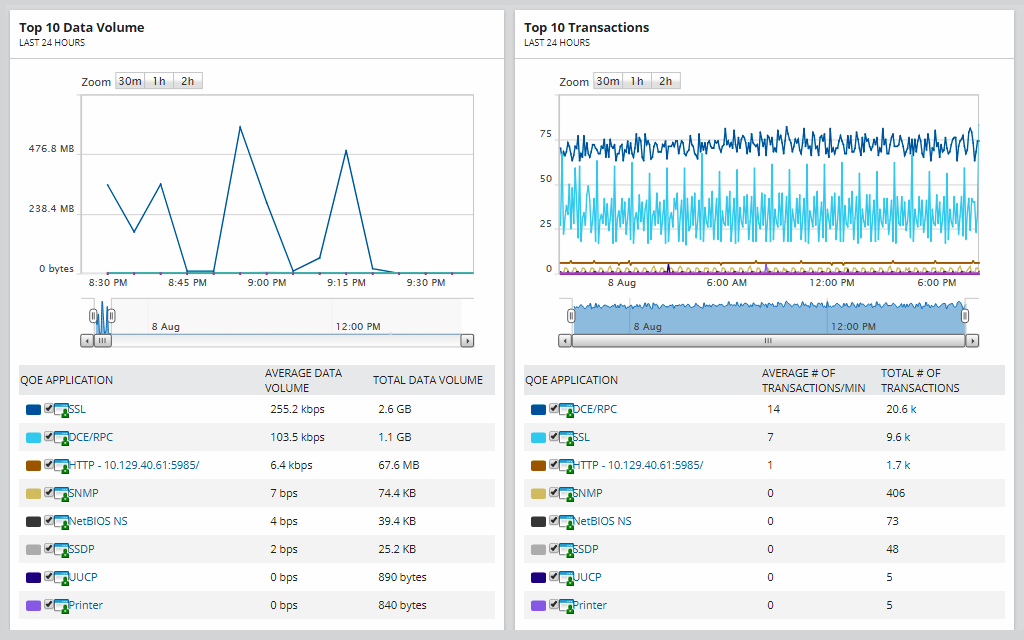


Your friendly neighbourhood IT department wouldn’t like you port scanning or sniffing packets on the corporate network, and neither would all the people at your local cafe. If not, head over to our Know Your Network night school to brush up first.īefore we go any further, though, we should issue a warning: Use these powers for good, and only run these tools and commands on hardware or networks you own or manage. We’ll assume you’re familiar with some networking basics, like how to find your router’s list of devices and what a MAC address is. In short: You’ll be able to recognise the signs that something on your network is compromised. In this post, we’ll show you how to map out your network, take a peek under the covers to see who’s talking to what, and how to uncover devices or processes that may be sucking up bandwidth. Additional images by Thomas van de Weerd and Linux Screenshots. Title photo made using Christos Georghiou. Let’s talk about how you can, with the power of evil, sniff around your home network to make sure you don’t have any uninvited guests. Inside it lies tons of valuable information - unencrypted files, personal, private data, and perhaps most importantly, computers that can be hijacked and used for any purpose.


 0 kommentar(er)
0 kommentar(er)
